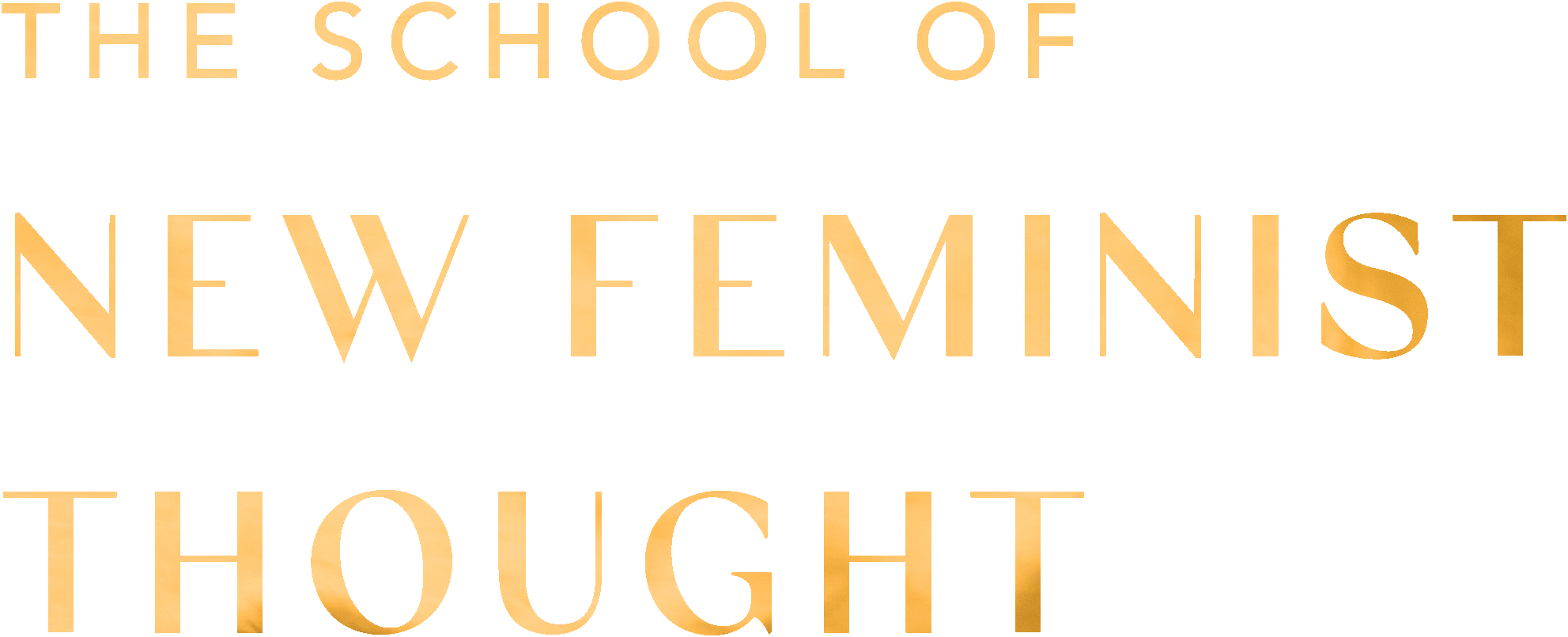You’ve heard me say before that the brain is a pattern-making machine. Well, confirmation bias is like the program your brain uses to make patterns. Confirmation bias, put simply, is the tendency to search for and interpret information in a way that confirms your preexisting beliefs.
Psychological studies have shown that confirmation bias is stronger for beliefs or opinions about which you have intense emotions, or that you have believed for a long time. And here’s where it gets crazy: If you don’t manage your mind on purpose, showing your brain contrary evidence can strengthen the belief. That’s right! You react to the contrary evidence by doubling down on your incorrect belief. How wild is that?
Perhaps you believe you’re not good at your job. It doesn’t matter how much evidence there is of your success because you explain it all away (you got lucky, it was an easy case/project/deal) and fixate on the few mistakes you’ve made or places you didn’t succeed. So if there’s success, it’s due to anyone else, but if there’s failure, it’s due to you. Sound familiar?
Confirmation bias can really distort our perception and interpretation of the world. But the good news is that we can also use it to our advantage once we understand how it works and how to work with it.
One way to use the concept of confirmation bias to your advantage is just to recognize that when it comes to your negative beliefs about yourself, other people, and the world, you are the world’s least reliable narrator. When your brain is unmanaged, it has an agenda and is out to prove itself right, no matter the cost. Although it can be disorienting to realize you can’t trust your own analysis, you’ll start to see this creates the freedom to believe things you don’t believe yet.
A second way to make confirmation bias work for you is giving yourself permission to believe new thoughts before you have evidence for them. Most of us think we need to see some evidence before we can believe something new. We want the new evidence to change our beliefs. But here’s the thing—you literally won’t even see the evidence that confirms a different belief. Whatever happens, you’ll interpret it to support your pre-existing belief, so there’s no point in waiting around for contrary evidence.
Instead, you can start thinking new thoughts and believing them now. Your brain wants structure and an assignment, so give it a project, it knows what to do. What’s something you want to believe about yourself? Harness the power of confirmation bias!
As with many new thought patterns, be prepared for resistance. Your brain likes to be efficient, and at first it will not want to do anything differently. But you’re the boss of your brain—not the other way around. If you give your brain the assignment to look for evidence of something you want to believe, and you don’t take no for an answer, your brain will eventually get on board.
If you decide to believe you are lovable, worthy, efficient, brilliant, brave, or whatever it is, practice believing it before you have any new evidence, and confirmation bias will kick-in and help you find more evidence to support that belief.
This isn’t going to feel good right away. We all like to be right. It makes us feel smart and safe, even when the underlying thoughts and feelings we think we’re proving right feel terrible. Being wrong about yourself, and your thoughts about yourself, feels bad in the short term, and it may be uncomfortable, confusing, and hard, but the payoff is worth it. Have compassion for your lizard brain and its distaste for discomfort, but be strong. Be brave. Be willing to be uncomfortable. On the other side is a freedom you can’t even imagine right now.
We’re going to be working on using confirmation bias to our advantage quite a bit in the Creating Confidence Challenge next week, so if you’re not signed-up yet, get moving! It begins Monday, March 19, and here’s the link to join.

